Widening chasm births Antarctic iceberg larger than Los Angeles
The giant chasm on Antarctica's Brunt Ice Shelf has split and created a massive iceberg.
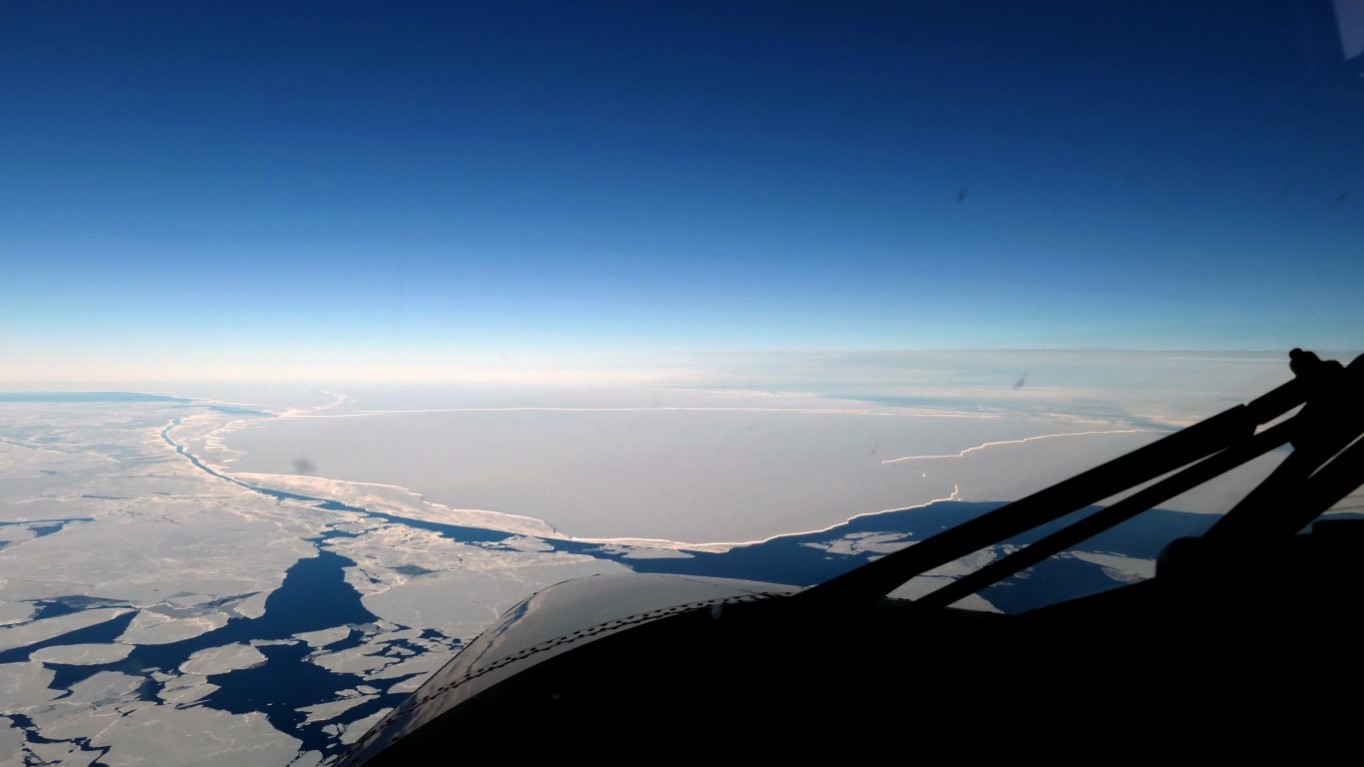
A widening chasm in Antarctica's Brunt Ice Shelf, which forced Britain's Halley Research Station to be moved to safety several years ago, has finally split in two and birthed a huge iceberg more than 20 miles (30 kilometers) across.
The British Antarctic Survey (BAS) reported on Monday (Jan. 23) that the giant iceberg had "calved" from the floating ice shelf on Sunday (Jan. 22), between about 2 p.m. and 3 p.m. EST (1900 GMT and 2000 GMT), during an exceptionally high tide at sea — known as a spring tide — when the moon and sun are opposite each other.
The BAS said that the massive cleft known as Chasm-1, which its scientists have been monitoring for a decade, had finally broken the 490-foot-thick (150 meter) ice shelf in two — thereby creating a massive iceberg, roughly 600 square miles (1,550 square kilometers) in area, or larger than Los Angeles.
"Our glaciologists and operations teams have been anticipating this event," Jane Francis, the BAS director, said in a statement.
BAS scientists will now monitor the new iceberg; it's expected to float west into Antarctica's Weddell Sea.
Related: World's largest iceberg is getting swept away from Antarctica to its doom, satellite image shows
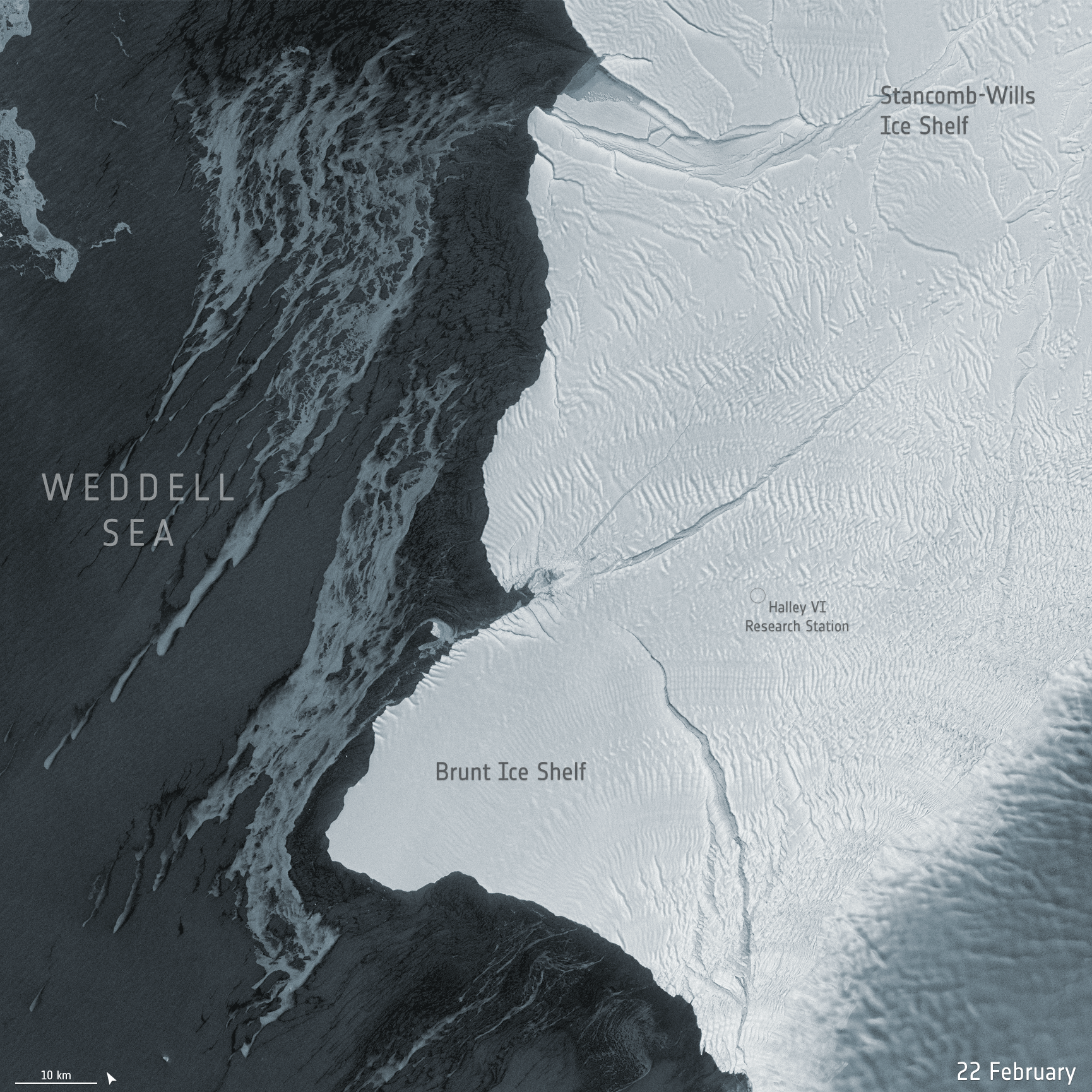
Antarctic ice
This is the second major iceberg to break off from the Brunt Ice Shelf in two years, but scientists think both events are the result of natural processes, and not anthropogenic climate change.
Sign up for the Live Science daily newsletter now
Get the world’s most fascinating discoveries delivered straight to your inbox.
The first iceberg, designated A-74, was about 20 times the size of Manhattan when it calved in February 2021, and has since floated into the Weddell Sea.
The new iceberg is slightly larger, but hasn't been named yet.
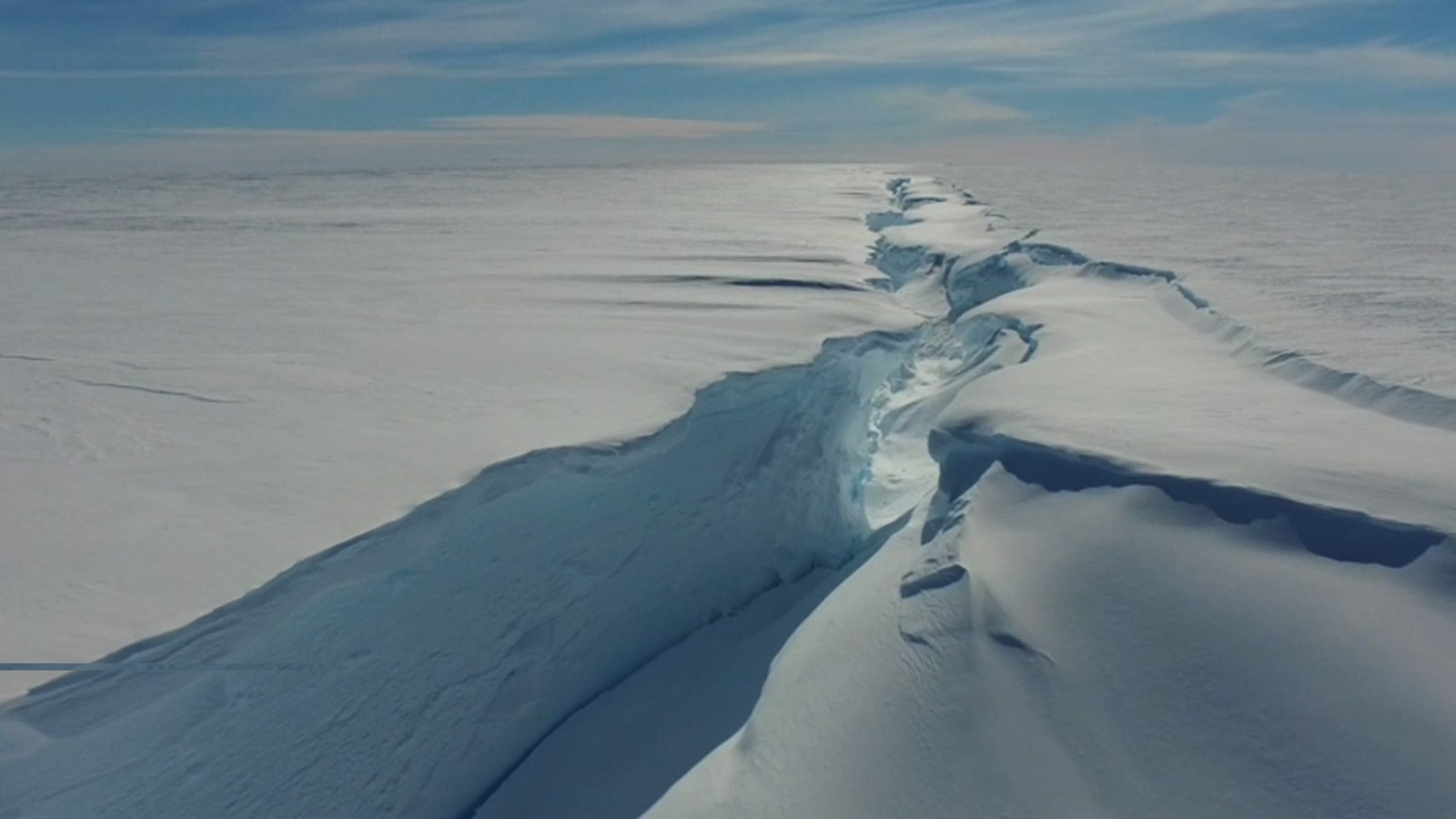
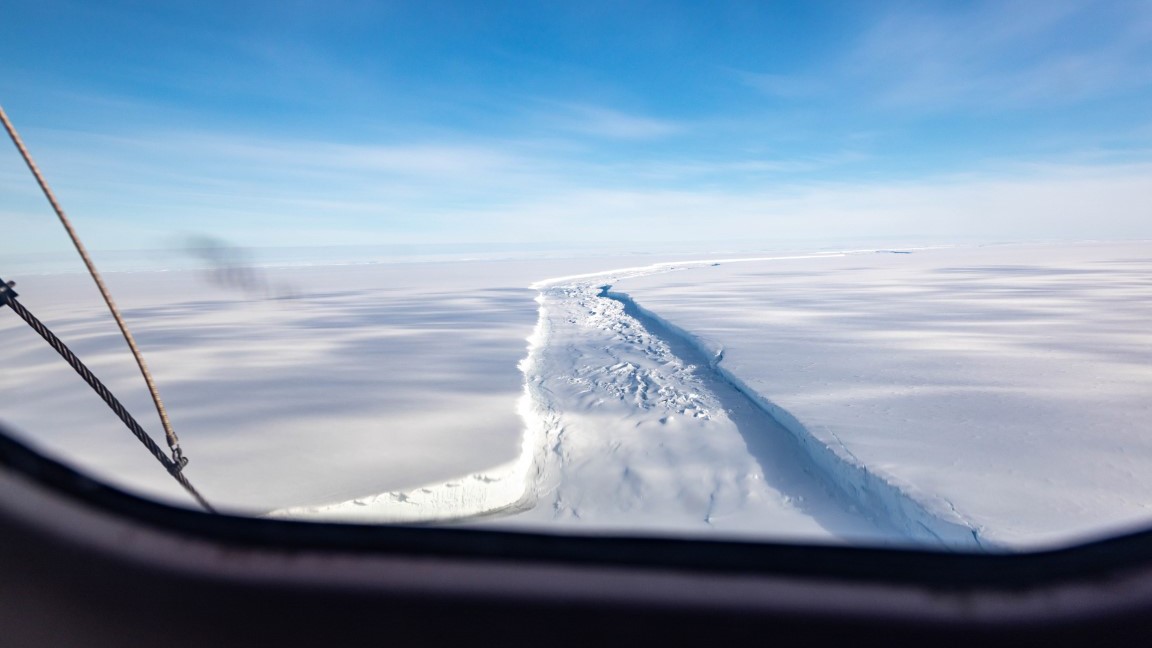
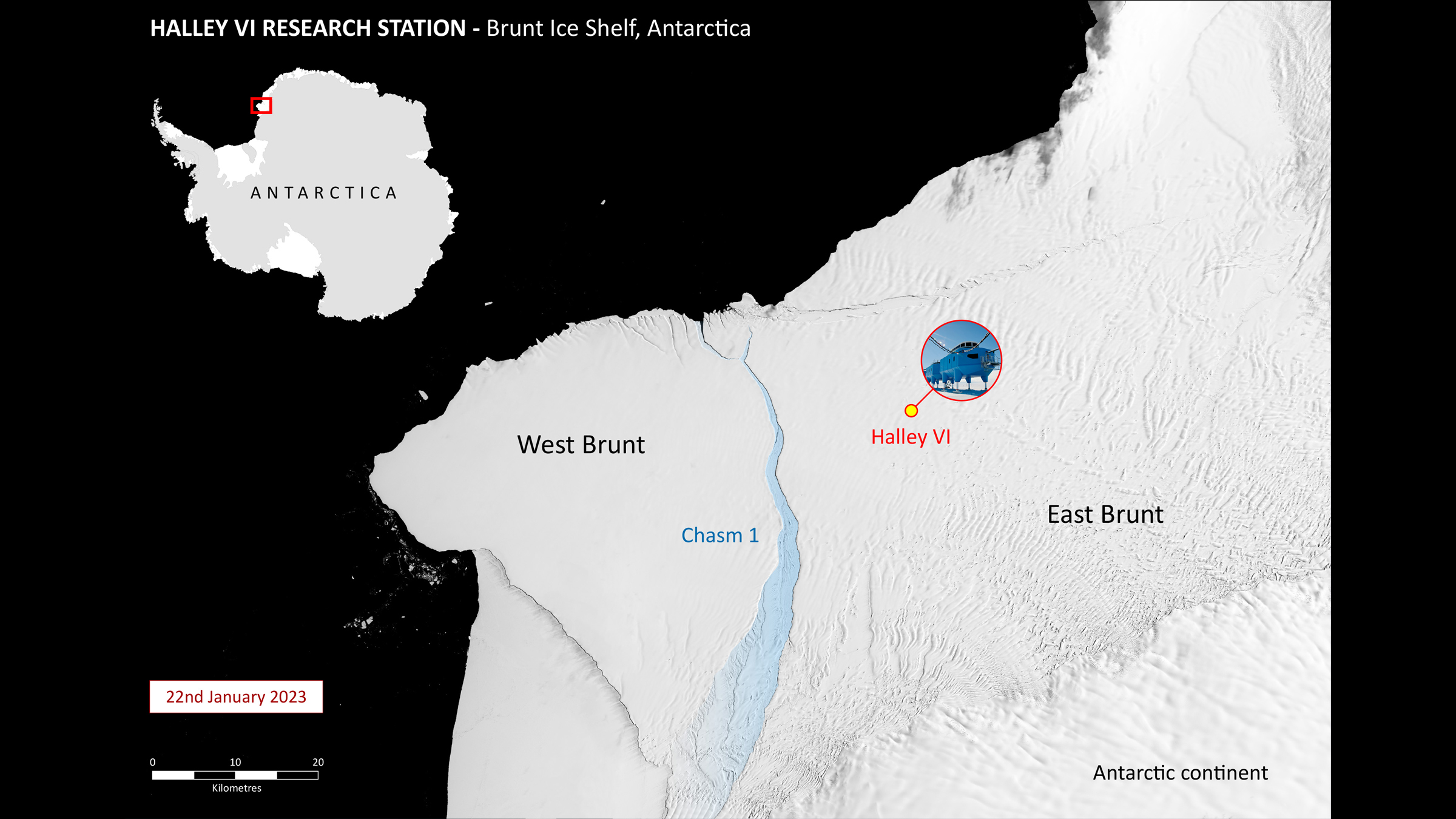
"This calving event has been expected and is part of the natural behavior of the Brunt Ice Shelf," BAS glaciologist Dominic Hodgson said in the statement. "It is not linked to climate change."
Chasm-1 had remained dormant for at least 35 years, but in 2012, satellite data revealed that it was lengthening; by 2016 it was growing by more than 1 mile (1.6 km) in length each year.
Several years ago, the BAS decided that the growing Chasm-1 crack and another crevasse, known as the Halloween Crack, threatened its Halley Research Station on the Brunt Ice Shelf; and so eight of the modular base building were towed to a new location about 14 miles (23 kilometers) inland of Chasm-1 during the Antarctic summer of 2016 and 2017.
The latest calving has no implications for the relocated base: "The area of the ice shelf where the research station is located currently remains unaffected by the recent calving events," the BAS reported in the statement.
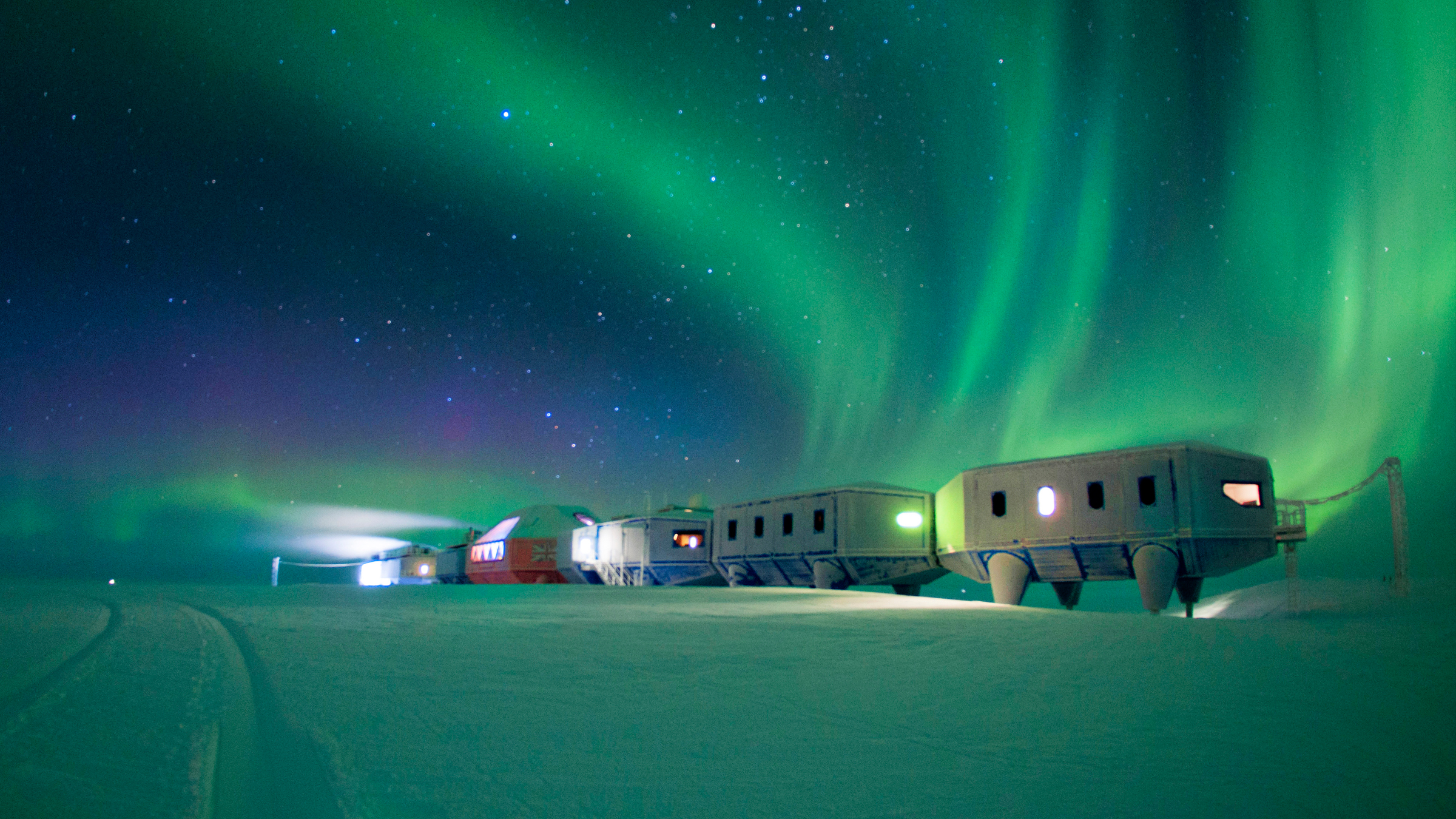
Tom Metcalfe is a freelance journalist and regular Live Science contributor who is based in London in the United Kingdom. Tom writes mainly about science, space, archaeology, the Earth and the oceans. He has also written for the BBC, NBC News, National Geographic, Scientific American, Air & Space, and many others.










